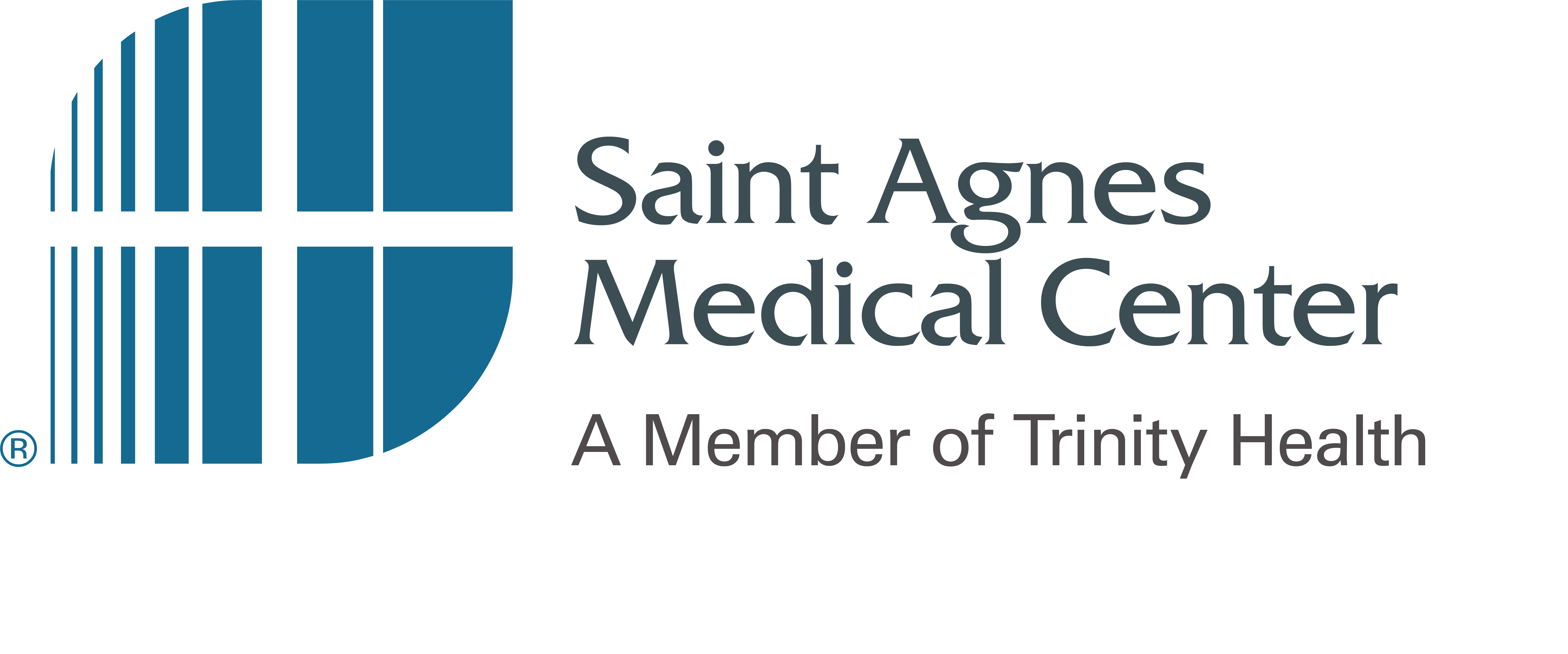Robert, Urology
August 7, 2023
After receiving his Prostate-Specific Antigen (PSA) blood test results, indicating the probability that there were cancerous cells in his prostate, Fresno Real Estate Agent Robert Wiser was advised to wait and see if the situation worsened before taking any action.
While not an uncommon approach based on his PSA level, Robert decided to seek further consult. After discussing his options with Saint Agnes Urologist Dr. Christopher Julian, the pair decided to move forward with a full prostate exam, making Robert the Central Valley's first UroNavigation Fusion Biopsy patient.
"Fusing MRI data with ultrasound imaging gives physicians a live view of the prostate during examination," says Dr. Julian. "With UroNav technology, we can conduct more comprehensive scans of the prostate and make targeted biopsies with better success of removing malignant tissue."
Saint Agnes is the first hospital in the Valley to use UroNav for prostate examinations, and within the first month, Dr. Julian alone has performed seven prostate exams using the new technology.
"Whenever I've been to Saint Agnes, they always put me at ease," Robert says. "I was made very comfortable and I felt no discomfort afterward."
Thanks to the superior imaging the UroNav technology, Dr. Julian was able to realize that several areas of the prostate needed immediate action.
"They were really able to pin point problems in what was supposed to be a ‘wait-and-see’ situation," Robert says. "Dr. Julian showed me that even though the scores showed a 'wait' attitude, there were concentrated cells in the biopsy that showed action was necessary."
Without the accuracy of the UroNav technology, Robert's situation would have worsened without his knowledge. The decision to go forward with the exam likely saved his life.
"Though getting a PSA test is only the first step in prostate examination, it helps provide baseline data for physicians to begin creating an appropriate action plan for the patient," Dr. Julian explains. "We are thrilled to be able to provide this valuable service to patients in the Central Valley and hope to continue using the technology to help achieve more accurate diagnoses."
